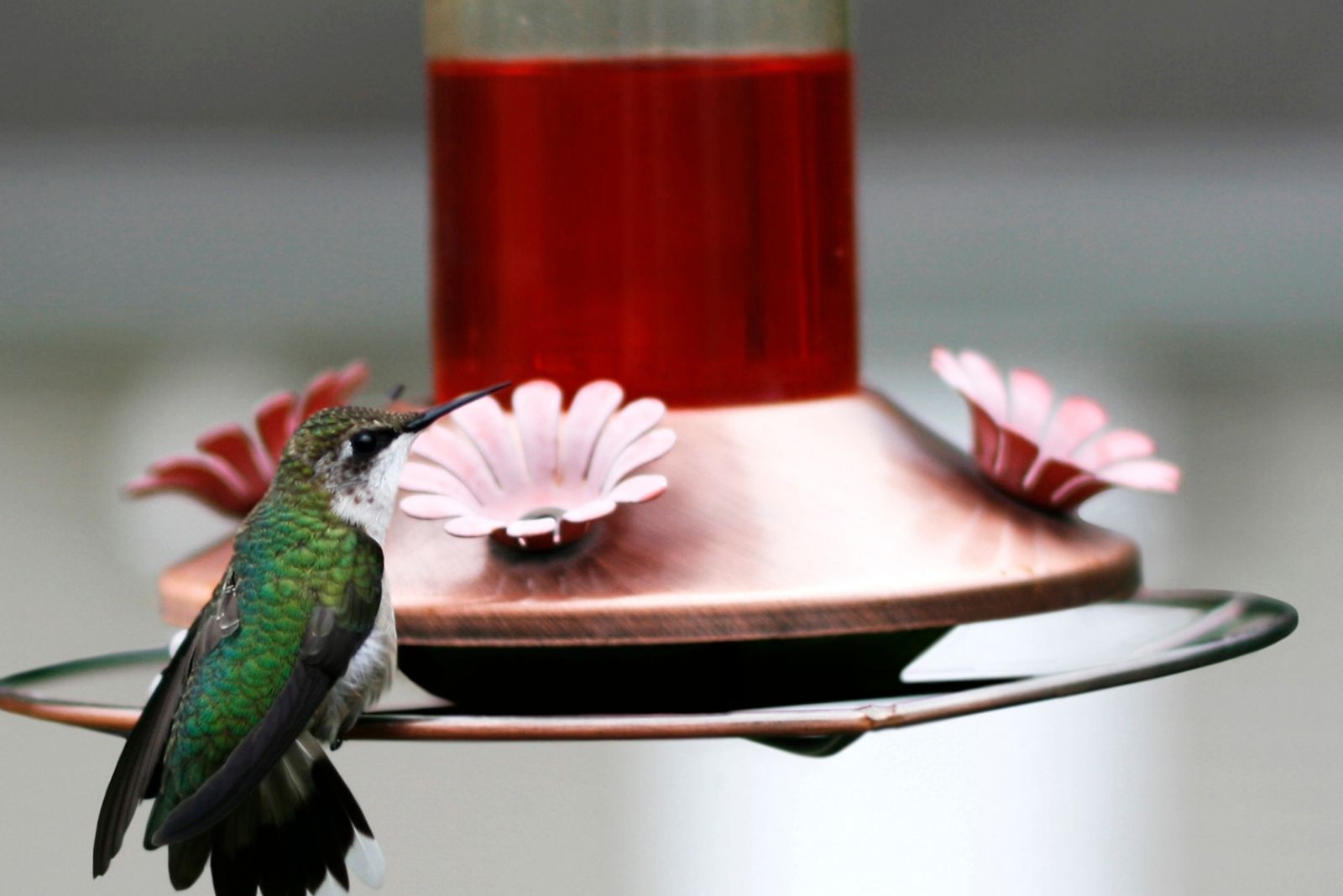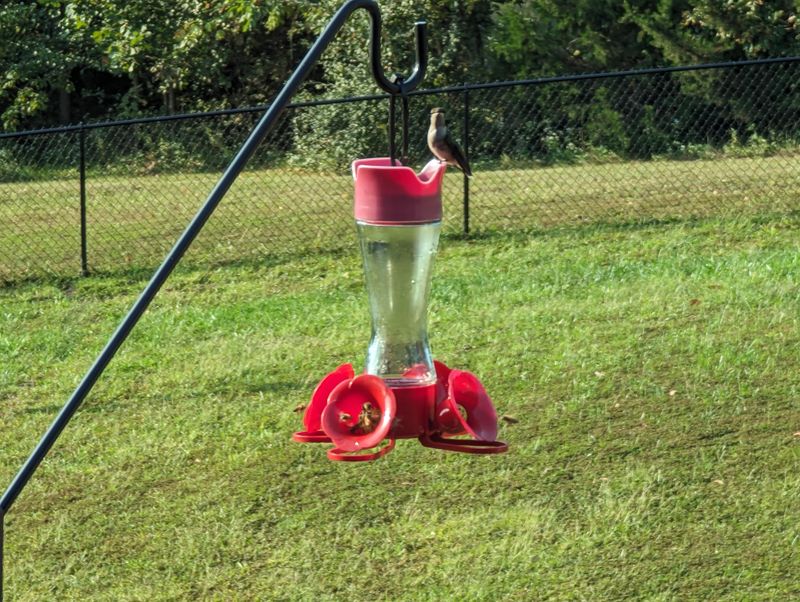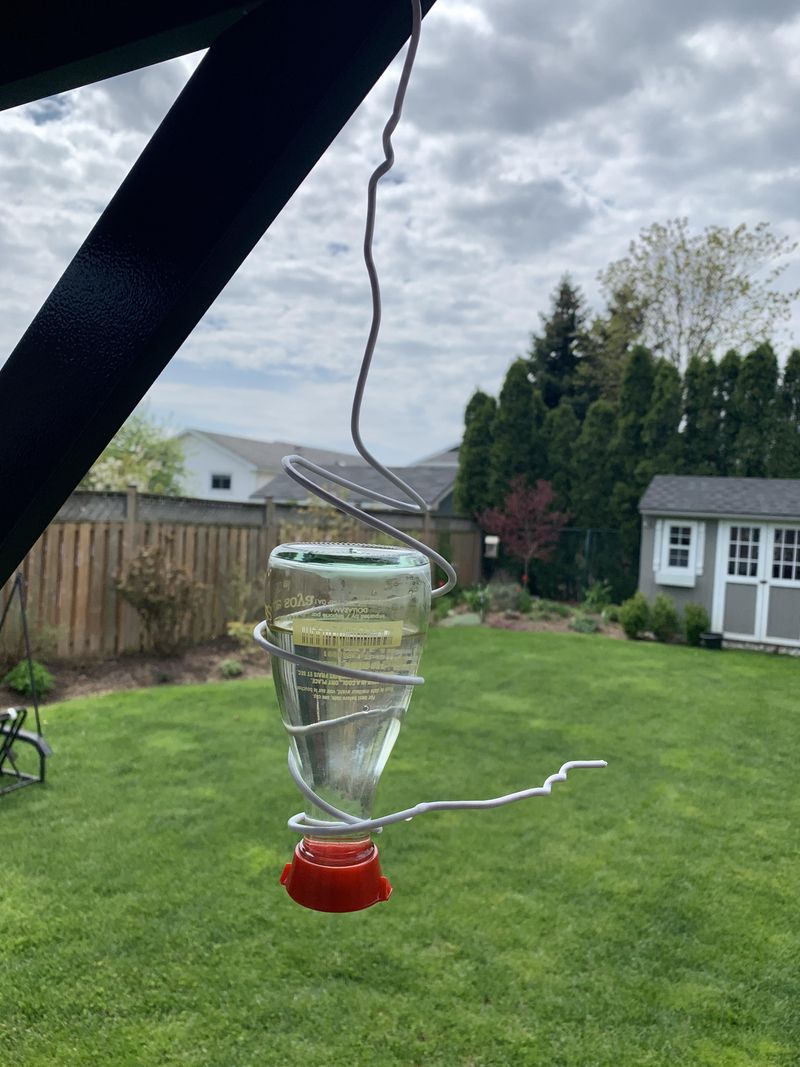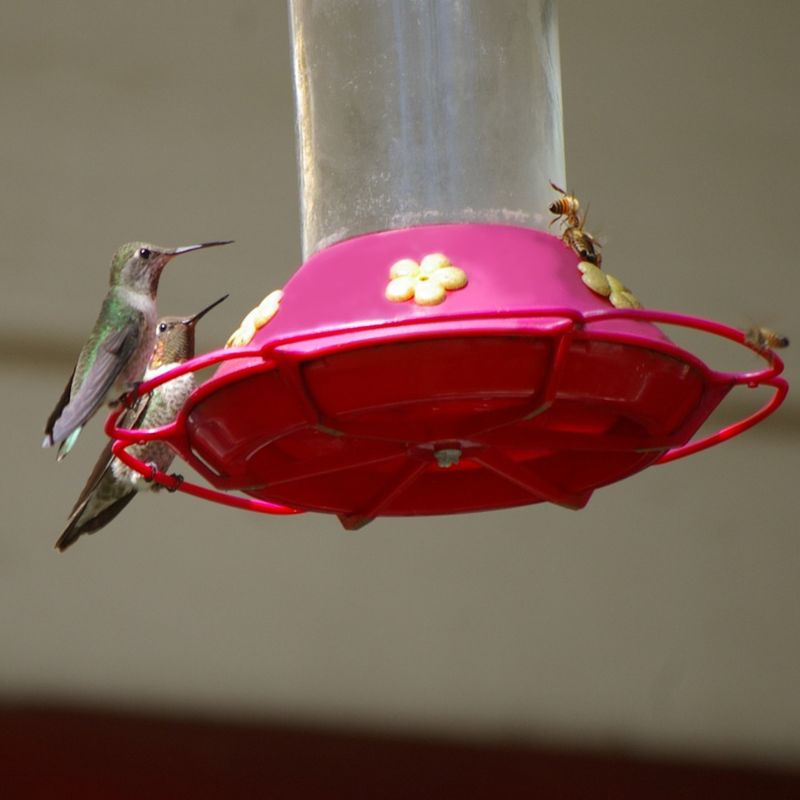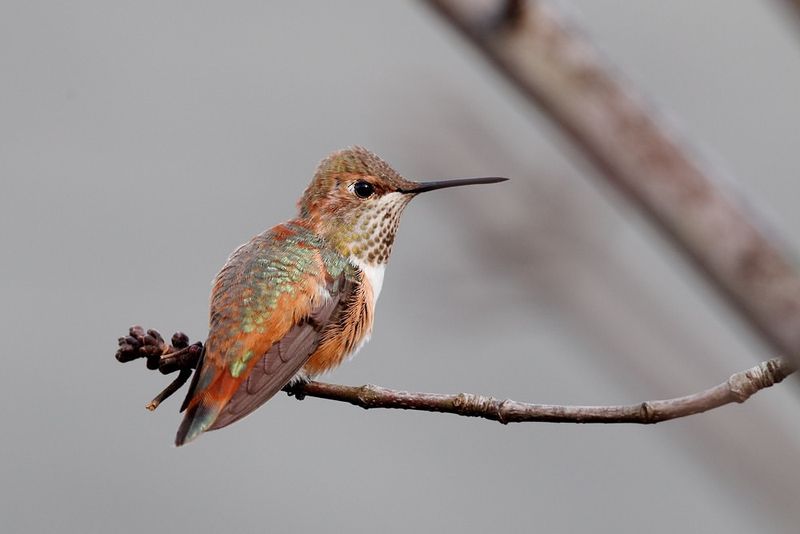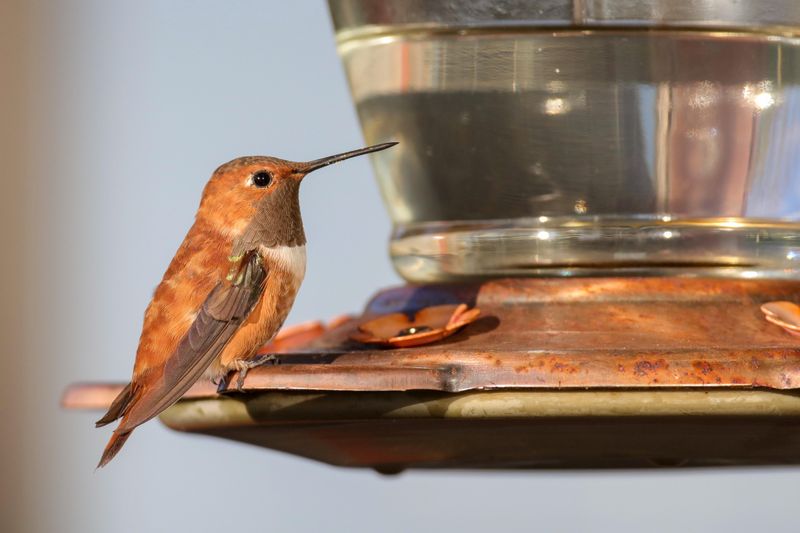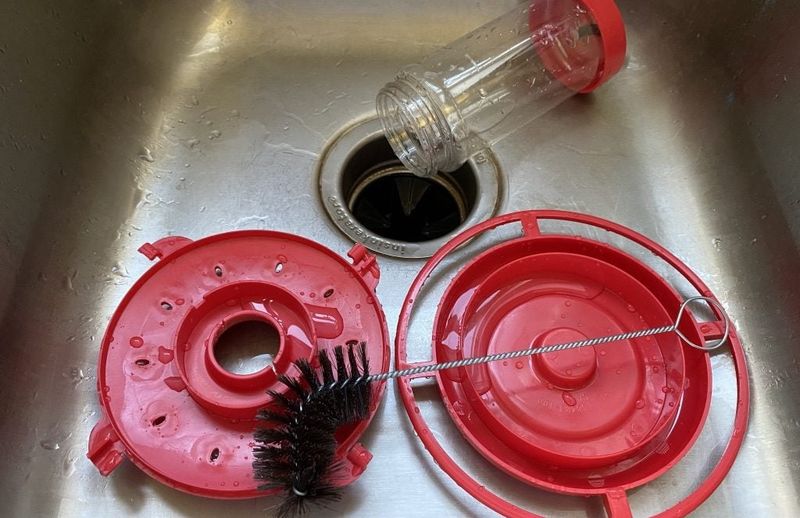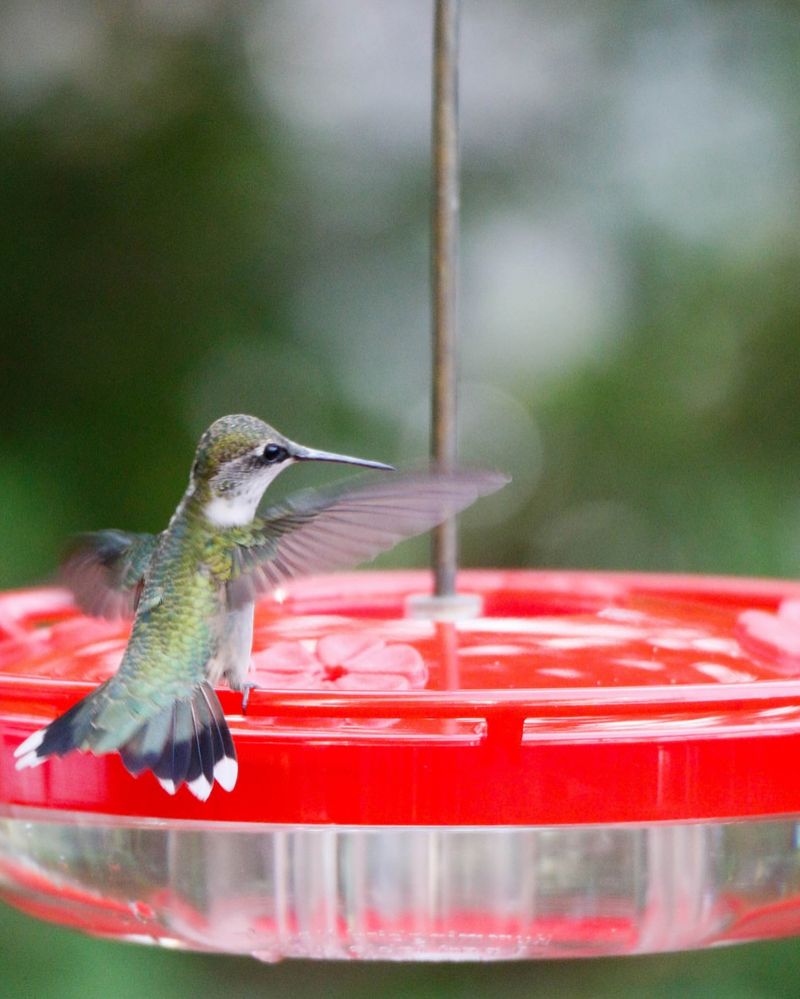If you’ve spent the summer watching hummingbirds zip around your yard, you’re not alone. These tiny visitors bring so much joy—but eventually, it’s time to take the feeders down.
Timing matters more than you might think. Leave them up too long, and you could delay birds that need to migrate; take them down too early, and late travelers might go hungry.
I’ve found that knowing the right moment helps both you and the hummingbirds stay in sync. It’s a small act that supports their journey—and keeps your yard part of the rhythm of the seasons.
1. Wait Until Two Weeks After Your Last Sighting
Spotting your last hummingbird of the season doesn’t mean they’ve all left Minnesota for good. Stragglers often pass through a bit later, especially young birds making their first migration south.
Keep your feeder filled and hanging for at least two more weeks after you think they’re gone. This safety window ensures any late travelers still have access to energy-rich nectar.
Many birders across Minnesota follow this guideline successfully. Once those 14 days pass without a single visitor, you can confidently take down your feeder and start cleaning it for next year.
2. Mid To Late September Is Typically Safe
Most ruby-throated hummingbirds begin their southern journey by early September, though some linger a bit longer depending on weather patterns. By the middle or end of September, the majority have already crossed into warmer states.
Minnesota residents can usually start thinking about feeder removal around this time. However, don’t rush the process if you’re still seeing activity. Weather shifts and food availability can delay migration slightly.
Always prioritize observation over calendar dates, but mid-September offers a solid baseline for planning your feeder takedown.
3. Watch For Cooler Nighttime Temperatures
When overnight temperatures start dipping into the 40s or lower, hummingbirds sense it’s time to head south. These cooler nights signal the end of nectar-producing blooms and insect populations, both critical food sources.
Minnesota’s climate shifts quickly in fall, often triggering migration instincts in these tiny birds. Pay attention to your local weather forecast during late August and early September.
Once consistent cool nights arrive and feeder visits drop off, you’re likely approaching the right moment. Just remember to give it that extra two-week buffer before removing feeders completely.
4. Don’t Worry About Delaying Migration
A common myth claims that leaving feeders up too long will trick hummingbirds into staying past their safe migration window. This simply isn’t true. Instinct and daylight changes drive migration, not feeder availability.
Birds are hardwired to leave when conditions tell them it’s time, regardless of food sources. Minnesota hummingbirds won’t skip their journey south just because your feeder is still hanging. In fact, keeping it up longer helps late migrants fuel up for their demanding trip.
Feel confident leaving your feeder out without guilt or worry about disrupting natural behavior.
5. Consider Rare Late-Season Migrants
Though ruby-throated hummingbirds dominate Minnesota, occasionally a rufous or other western species shows up during fall migration. These rare visitors sometimes arrive later than expected, especially in October.
Birdwatchers across the state have documented such sightings in recent years. If you’re part of a local birding group or online community, stay tuned to reports of unusual species. Keeping your feeder up a bit longer could provide critical support for these unexpected guests.
Even one extra week in early October might make a difference for a lost or off-course traveler passing through Minnesota.
6. Clean And Store Feeders Properly
Once you’ve confirmed all hummingbirds have left Minnesota, it’s time to clean your feeder thoroughly before storing it. Use hot water and a bottle brush to scrub away any mold, nectar residue, or buildup inside the ports and reservoir.
Avoid harsh chemicals that could leave harmful residues. After cleaning, let everything dry completely before packing it away in a cool, dry spot. Proper storage prevents damage and keeps your feeder ready for spring.
Taking these steps now means you’ll have less work when hummingbirds return to Minnesota next May, eager for fresh nectar.
7. Mark Your Calendar For Next Spring
While you’re taking down your feeder this fall, take a moment to set a reminder for next spring. Ruby-throated hummingbirds typically arrive back in Minnesota during early to mid-May, depending on how quickly warm weather settles in.
Having your feeder ready by the first week of May ensures early arrivals find food right away. Jot down the date you removed your feeder this year and any observations about timing.
These notes help you refine your schedule for future seasons. Minnesota’s hummingbird season is short but sweet, so preparation makes all the difference.
8. Join Local Birding Communities For Updates
Connecting with fellow bird enthusiasts in Minnesota gives you real-time insights into hummingbird activity across the region. Local Audubon chapters, Facebook groups, and birding apps like eBird allow members to share sightings and migration patterns.
This collective knowledge helps you make informed decisions about feeder timing. When others in your area report their last hummingbird sightings, you’ll have a better sense of when to take yours down.
Plus, these communities often share tips on attracting other backyard birds throughout Minnesota’s long winter months. It’s a great way to stay engaged with nature year-round.

